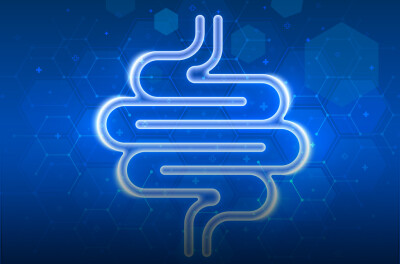Abnormalities in retina signals could help diagnose ADHD and autism
Photo Cred: Victor Freitas/Pexels
By Avery St. Onge
A new study suggested that signals in the retina could be a potential biomarker for both attention-deficit hyperactivity disorder (ADHD) and autism spectrum disorder (ASD).
The study was published in the journal Frontiers in Neuroscience and led by Paul Constable, PhD, research optometrist at Flinders University in Adelaide, Australia. For their study, Constable and his team studied recordings from the retina and tried to identify specific signals for the neurodevelopment disorders, ADHD, and ASD. According to the study, ADHD causes patients to be overly active making it hard to pay attention and control their impulses. The study defined ASD as a disorder that causes a plethora of abnormal social behaviors.
Using a diagnostic test known as electroretinogram (ERG), scientists measured the electrical activity in the retina when exposed to light in a total of 226 participants, 55 of which were diagnosed with ASD, 15 with ADHD, and 156 without either condition.
“Retinal signals have specific nerves that generate them, so if we can identify these differences and localize them to specific pathways that use different chemical signals that are also used in the brain, then we can show distinct differences for children with ADHD and ASD and potentially other neurodevelopmental conditions,” said Constable.
The study found differences in electrical activity in the retina between the control group, those with ADHD, and participants with ASD.
“This study delivers preliminary evidence for neurophysiological changes that not only differentiate both ADHD and ASD from typically developing children, but also evidence that they can be distinguished from each other based on ERG characteristics.”
In reference to their results, the study’s authors said ERG tests may offer a classification model for neurodevelopmental conditions but further research on the subject is needed.
















